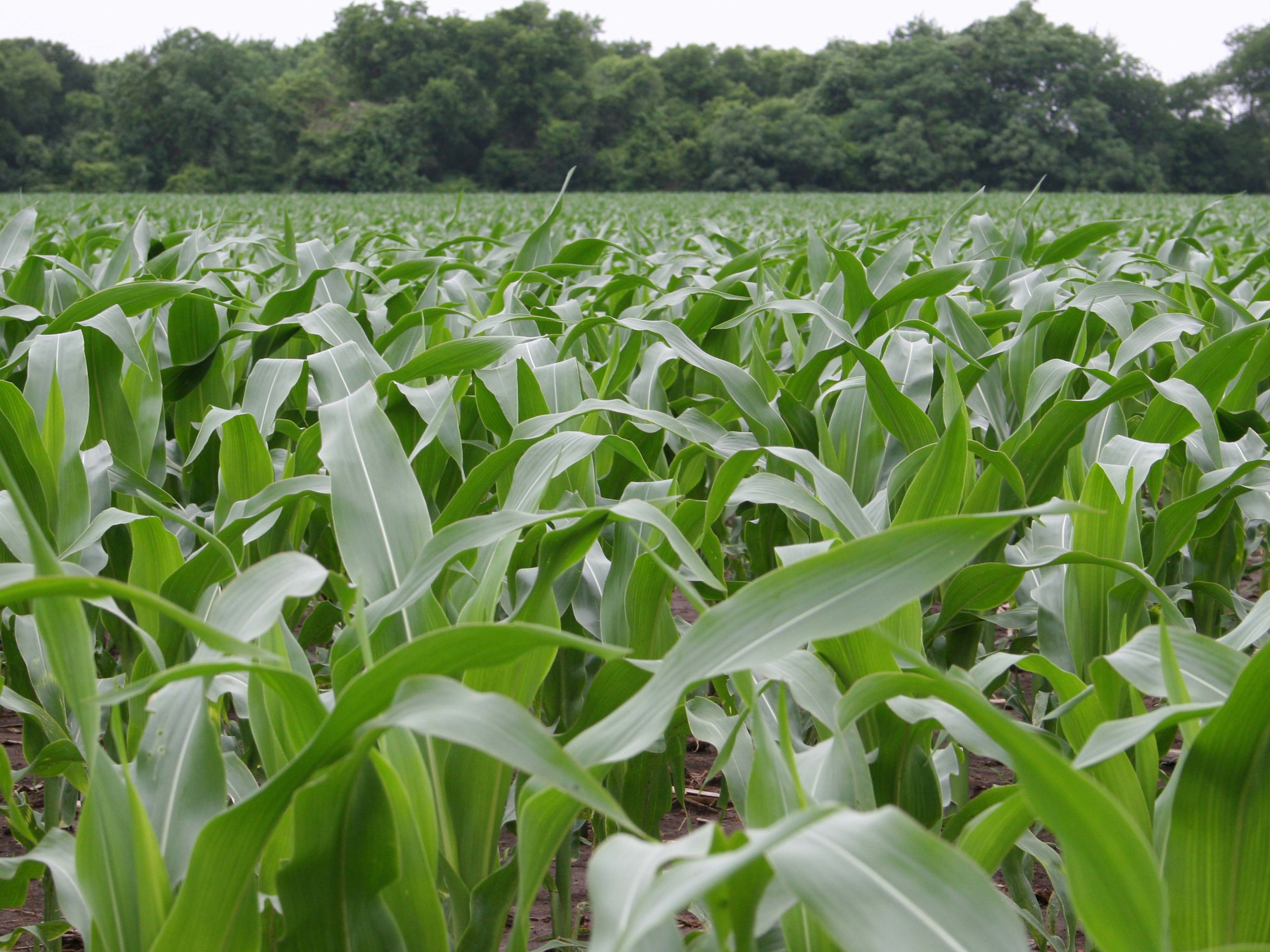The Environmental Protection Agency is expected to release a new rule this week tightening National Ambient Air Quality Standards for ozone.
The proposal reduces the current ozone standard from 75 parts per billion to 65 or 70 parts per billion.
EPA claims the standard reduction will be good for public health and the environment, while opposition claims the new rule is costly and will hurt businesses.
“The EPA is proposing a much more stringent regulation that in some places will approach natural background levels and yet the agency cannot identify a set of control measures that would actually lead to compliance with those new standards,” Steven Minick, vice president of Government Affairs for the Texas Association of Business, said.
Minick tells Tom Nicolette on the Texas Farm Bureau (TFB) Radio Network it is “mind boggling” that the federal agency propose a regulation that will have an enormous cost and significant impact on the economy and yet cannot explain how businesses will comply with the regulation.
He said current ozone restrictions are already stringent and businesses are making progress.
“I think it would make far more sense to continue to see how that progress is measured. If, at some point, the science catches up and tells us that further reduction in ozone is necessary, let’s see whether the current efforts are actually going to get us there or not before we start upsetting the economy with the new regulations that are unproven, that have no hope of reducing health effects and we don’t know how we’re going to comply with,” Minick said. “When you look at the total impact of ozone standards on the economy today, they’re going to be devastating.”
According to The Hill, the Obama administration has been reviewing the rule since August and agreed in court to put out the new rules by Oct. 1.

